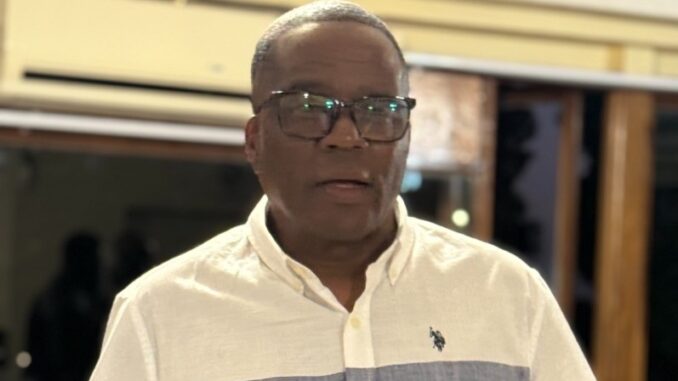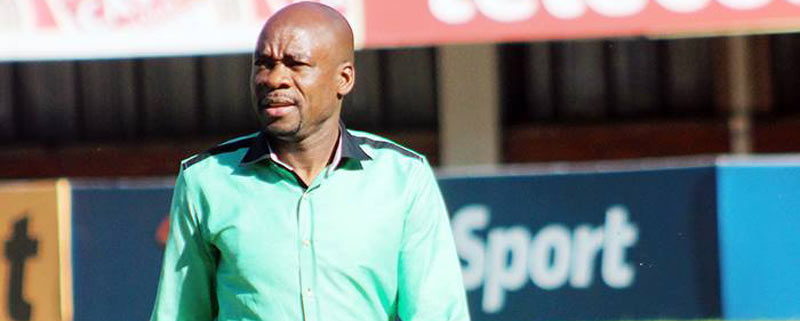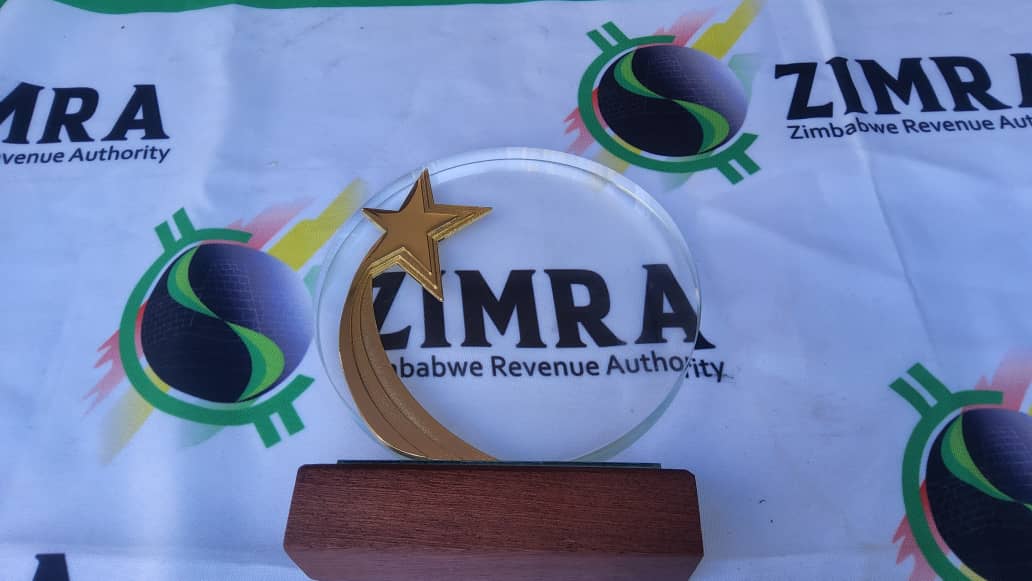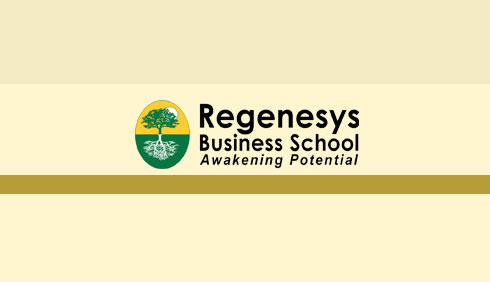Educating yourself is to start looking at the world differently, in other words looking through the lenses of those that have gone before us. We are initiated into methods, theories and practices that are unfamiliar to us. Yet these also inspire us to make changes to the world around us.
We allow ourselves time to think, act and do things differently than before. Taking a study guide and working through a structured programme designed to change the outlook of the student is a breakthrough experience. Similarly, creating an assignment and writing an examination enables individuals to challenge themselves. In doing so they develop skills and learning to move their inner world to a new level.
It is important that our education is broad, holistic and that it exposes us to various challenges and realities. While it is useful to become focused on one dimension of a problem, it is also important to be able to draw on a rich set of experiences to solve problems in new ways.
Creative thinking and creativity can be defined as creating something new and something valuable. We often think that the search for something new and different means we have to vary the method. A number of studies indeed suggest that creativity depends on different creativity profiles and that you can be creative along different lines.
Consider these creativity profiles:
The Incubator: Creates long-term development of an idea or framework;
The Imaginator: Creates breakthrough ideas;
The Improver: Excels at small incremental adjustments and creates systemic change; and
The Investor: Sets, pursues and achieves short-term goals that create value.
This framework could be useful to determine your current type of creativity and the type of creativity that would best suit your current situation.
Research shows that it helps to be positive, have positive intellectual habits (such as openness, curiosity, some level of autonomy, expertise, exploratory behaviour) and to generally engage in ideation (thinking about stuff). With these practices it is possible to be habitually creative. Without them it is often much harder to be creative.
In the early 1920's, Wallas proposed a model for innovation that is still quite useful in thinking about the creative process. He postulated that innovation follows five stages: Preparation, incubation, intimation, illumination and verification. An adapted version of this is presented here.
Stage 1: Preparation.
This refers to preparatory work on a problem that focuses the individual's mind on the problem and explores the problem's dimensions. The problem is understood on both a conscious and cognitive level. At this stage, the mind is still trying to convince itself that it is a problem.
Stage 2: Incubation.
During this
stage the problem is internalised into the unconscious mind and nothing appears to be happening externally. It is similar to mulling it over or getting into the idea. Modern research suggests that we form synapses and collect historical information in this process. Our thinking patterns are appealed to.
Stage 3: Intimation.
The creative person gets a feeling that a solution is on its way. He or she may externalise all or some parts of the solutions through discussions, debates and information gathering. It is important to understand both theory and understanding during this stage.
Stage 4: Illumination/Insight/Breakthrough.
The minute the unconscious mind develops its theory; the creative idea erupts from its preconscious processing into conscious awareness and is expressed.
Stage 5: Verification.
The idea is consciously verified, elaborated, and then applied.
Stage 6: Externalisation.
The idea moves from internal to external verification, elaboration and application. This process then leads to further development of the idea.
Once you can see the world differently, you will also start shaping your actions differently.
The formal theory of creativity postulates that we all want the world to be a better place. This means that we then apply creativity to areas and situations where creativity is required.
This highlights the importance of understanding why you want to change things. Understanding why you want to change something drives your purposeful behaviour and shapes the drive and commitment to finding the required solution.
Research also shows that creativity requires that we effectively understand the limits of the problem as part of the preparation stage. This opens up the possibility of starting a process for being creative and making breakthroughs within your own thinking.
The suggested process entails that you:
Write down the areas that you really want to change.
Determine why you want to change them.
Determine if it is a short, medium or long-term change.
If possible, determine what you want to change them to.
Think about what is currently limiting the change.
Investigate the limits. Is everything that is limiting the change true? Do you understand the real impact of these limits on the problem, and can you look at different or other ways to think about this?
Incubate the idea a bit.
Start discussing your thoughts with others. See if there are other perspectives available from literature (or other sources).
Put together your thoughts. Writing it down, drawing it, discussing it with others all form part of this process.
Start putting together a theory of how this works and what can be done differently.
Test it.
If it does not work, find out if it confirms a limit (or if a limit that was not expected is introduced). See if there is a work-around to this.
Test it again and repeat until complete.
Conclusion
To change the world and make it a better place it is important to engage in creativity. You can become more creative if you understand your own goals and the limits and constraints in front of you. You can also be more creative if you want to improve on this. This is true in business and in life. By putting your energy towards creating long term, short term, and goal-oriented changes, you are actually engaging in the creative process. In time you will wake up to a new reality that is very different from where you started.
- Regenesys
 Top Zimbabwe business executive arrested for fraud
Top Zimbabwe business executive arrested for fraud  South Africa is in serious trouble
South Africa is in serious trouble  US halts visa services for Zimbabwean nationals
US halts visa services for Zimbabwean nationals  ZSE and VFEX recover after weak 1st half
ZSE and VFEX recover after weak 1st half  Gold edges up as traders await guidance
Gold edges up as traders await guidance  Zimbabwe Agricultural Show 2025 kicks off
Zimbabwe Agricultural Show 2025 kicks off  Young Investment Professional (YIP) Graduate Programme 2019
Young Investment Professional (YIP) Graduate Programme 2019 










 Young Investment Professional (YIP) Graduate Programme 2019
Young Investment Professional (YIP) Graduate Programme 2019
Editor's Pick